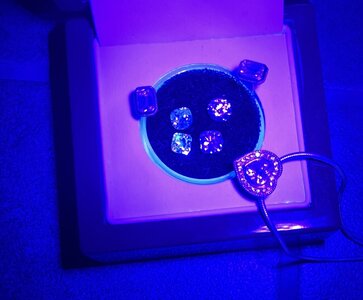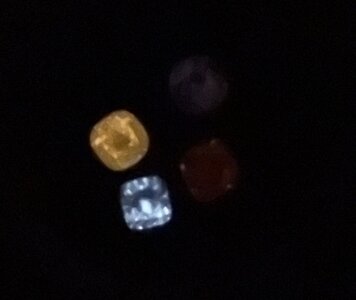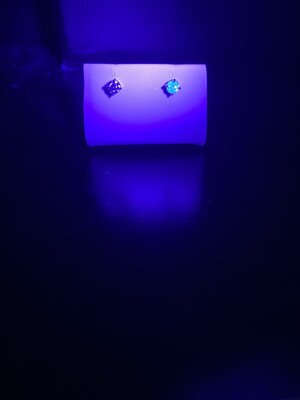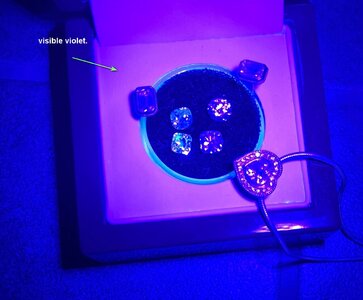ValentineBling
Rough_Rock
- Joined
- Jul 10, 2022
- Messages
- 38
Congratulations on your new purchase.
In a newbie. Can I ask a silly question? I saw someone saying that fluorescence is a good thing in a lower colour diamond (J,KL) because it actually makes the diamond appear whiter. With this in mind (and not knowing your specs) wouldn't this stand to reason that fluorescence is a good thing?
In a newbie. Can I ask a silly question? I saw someone saying that fluorescence is a good thing in a lower colour diamond (J,KL) because it actually makes the diamond appear whiter. With this in mind (and not knowing your specs) wouldn't this stand to reason that fluorescence is a good thing?







300x240.png)